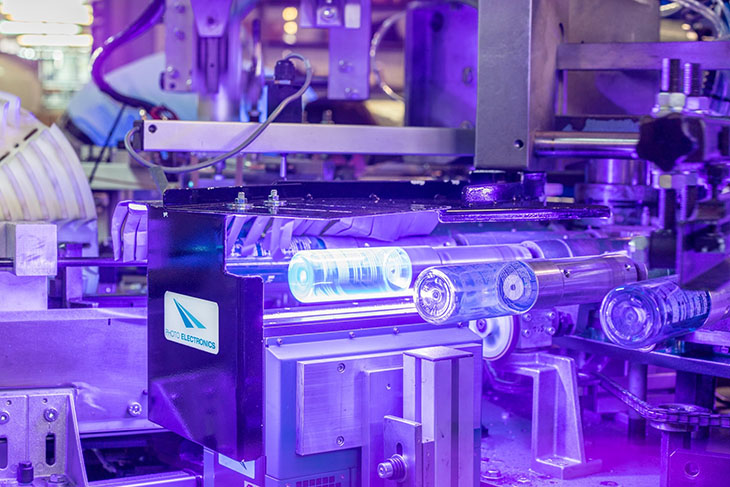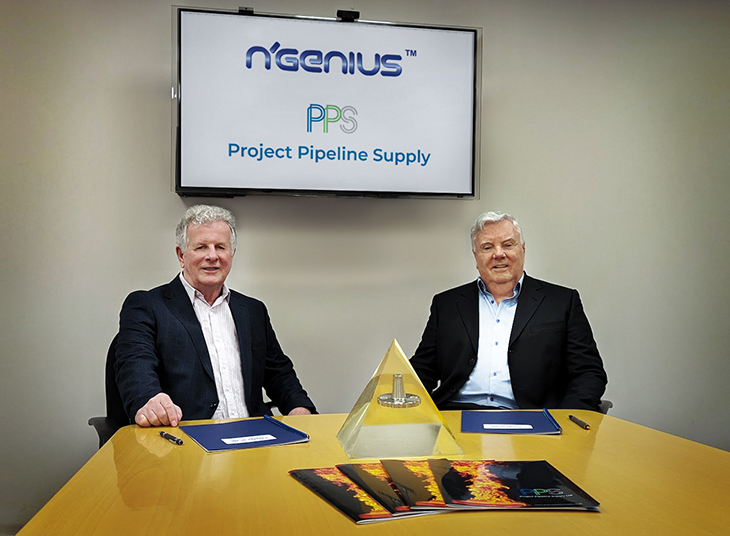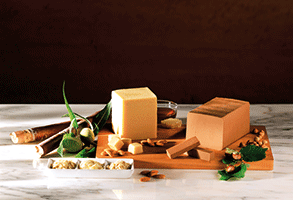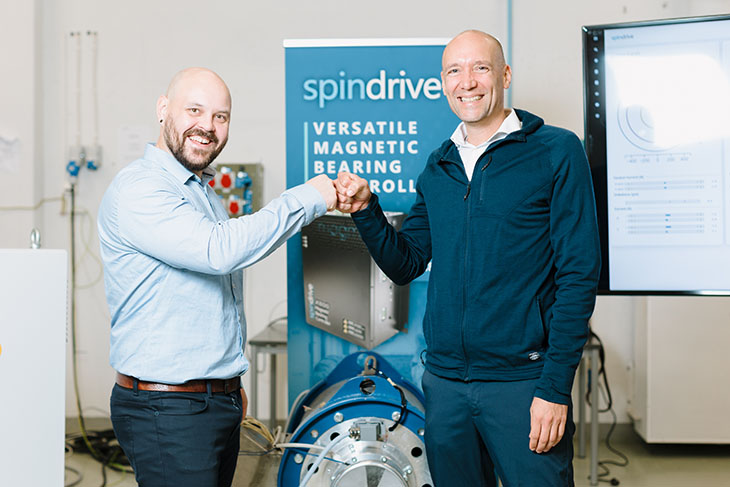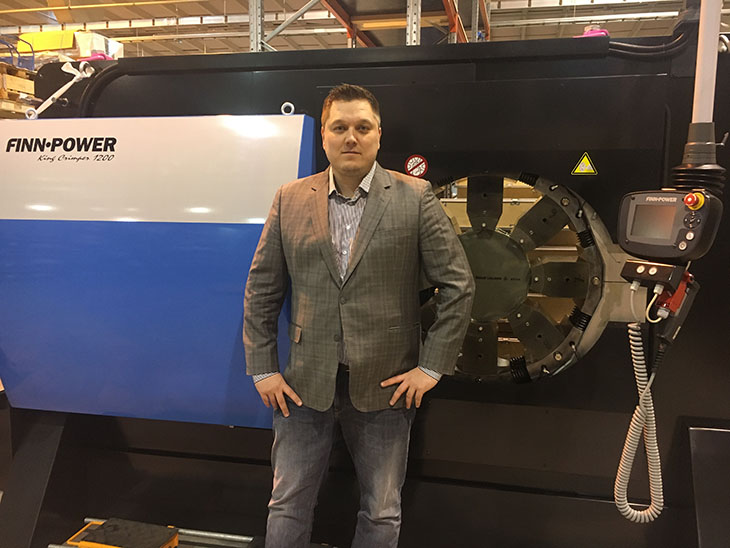New Impetus for Brilliant Appearances
Oberboihingen – Packaging has many faces – and an important task: it should provide protection and information, and trigger the incentive to buy. In addition to design, surface characteristics play a decisive role. Painting opens up new and interesting opportunities – for three-dimensional objects as well. Corresponding solutions will be presented at this year’s PaintExpo. The world’s leading trade fair for industrial coating technology will take place at the Karlsruhe Exhibition Centre (Rheinstetten, Germany) from the 21st through 24th of April.
Whether it’s made of glass, plastic, metal or composite materials – packaging is much more than just an informative and protective cover. It transports an image, makes statements, kindles emotions and stimulates sales. Paint finishes are frequently used to provide this sort of individual appearance with an attractive look and, if applicable, appealing haptics. At the same time, they provide the outer packaging shell with the necessary resistance to mechanical, chemical and physical stressing, as well as special functional properties. Not only do ever stricter quality and design requirements need to be fulfilled in this regard, but rather more stringent energy efficiency and sustainability targets as well. The situation is further complicated by cost aspects. All of this results in the need for high quality painting processes which are more efficient, flexible and resource-conserving, and offer new design options as well. A great variety of appropriate options will be presented by the exhibitors at PaintExpo from the 21st through the 24th of April, 2020.
New Solutions for Metallization
Whether in the cosmetics industry or other sectors, full or partial finishing of three-dimensional packaging made of, for example, plastics and glass, through the use of metallized surfaces provides products with a high-quality appearance. Within the context of heightened sustainability, alternatives to electroplating and chrome plating are in demand. Paint manufacturers have developed various solutions to this end. They can be adapted to the respective applications and the specific surface requirements. They also open up new design perspectives by offering different colour variations and effects.
In particular where plastic packaging is involved, plasma-vacuum coating in combination with UV paint is a further option. Aluminium is the most commonly used material, but chrome, copper and other metals are also suitable for vapour deposition. After cleaning and pre-treating the parts, a UV metallization base coat is applied and cured by means of UV technology. It levels out any unevenness in the substrate structure and serves as an adhesion promoter. Afterwards, the metal layer with a thickness of 0.1 µm or less is vapour deposited in the vacuum chamber. Finally, a UV top coat is usually applied and cured with UV light in order to protect the coated surface. Various painting solutions are available in the meantime for the aluminium vapour deposition process, which are laid out for polymerisation with LED-UV technology.
Matt Surfaces with UV Technology
So-called excimer technology will also be showcased at PaintExpo. This technology involves specially developed UV lamps with enormously high-energy emission thanks to their 172 nm wavelength. They initiate a polymerisation process in the uppermost portion of a UV-curable coating layer. The comparatively low penetration depth of the UV radiation results in the formation of micro-folds on the wet coating layer, thus producing a matt surface. Deeper paints layers are not affected by this process and can be subsequently cured using conventional UV technologies. Afterwards, the painted part not only demonstrates deep matting, it also has a highly scratch-proof surface which is resistant to mechanical and chemical stressing as well. Due to the fact that excimer lamps are cold-light sources, heat-sensitive materials such as temperature-sensitive plastics and thin foils can also be treated.
LED-UV Technology – Developments for 3D Applications
In addition to the LED-UV wavelengths, LED-UV technology differs from conventional UV lamps in several ways. Amongst other things no ozone is emitted, no warm-up time is required, energy consumption is lower and LEDs have a longer service life. Beyond this there’s no heat radiation, which also makes it possible to process heat-sensitive substrates. As a result of these advantages, LED-UV technology is playing an increasingly important role in the curing of paints and coatings on continuous substrates, despite the higher procurement costs. However, due to a lack of paints designed for long-wave primary LED emission, it has seldom been used thus far for coating 3D objects. Manufacturers of both raw materials and paints have recently made significant progress in this area. Corresponding new developments will be presented at PaintExpo for UV coatings as well as curing systems.
Further information and a preliminary exhibitor list can be accessed at www.paintexpo.com.









